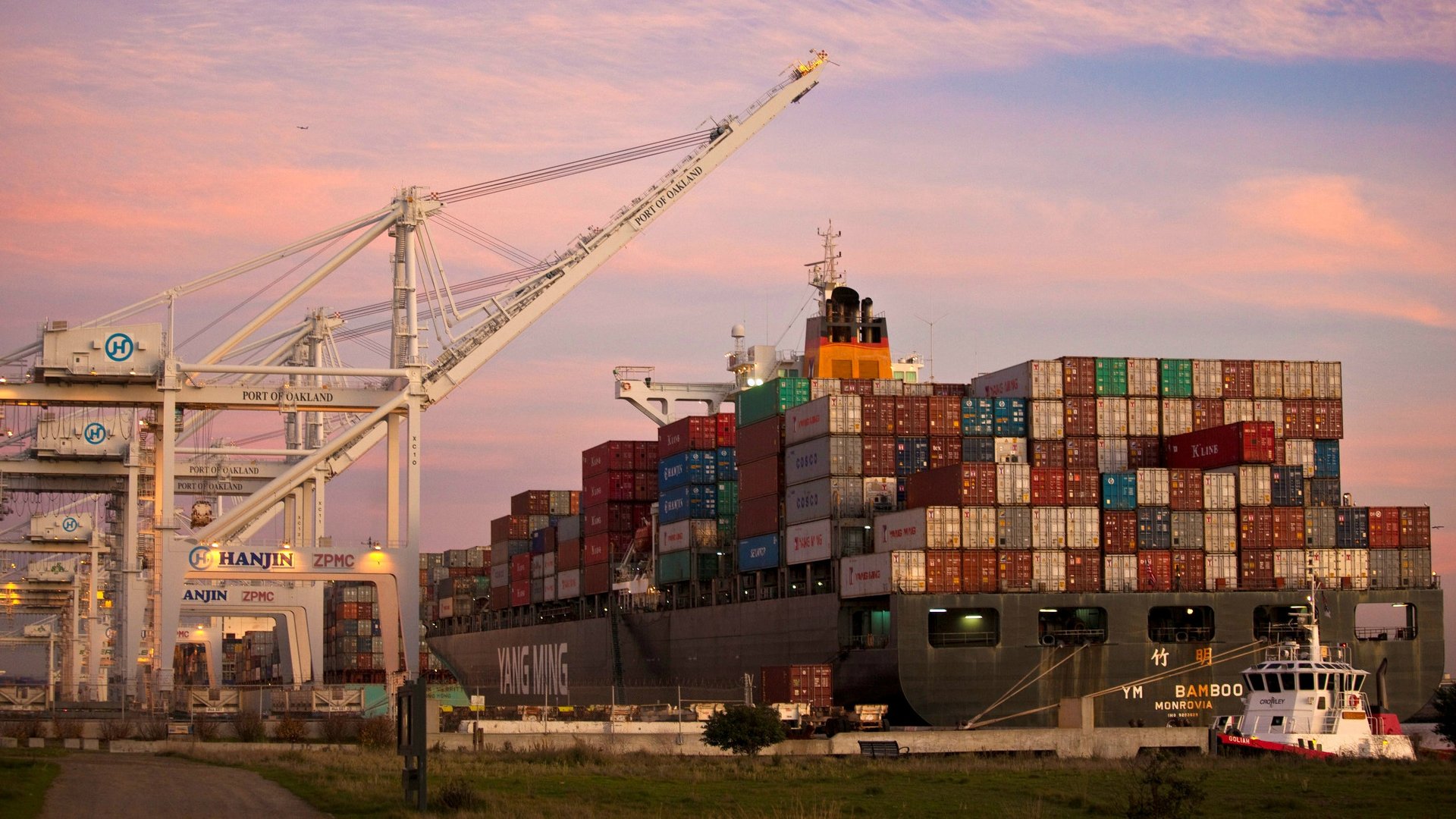What higher tariffs could mean for economic growth
Imagine going back to 1990. Facebook and Google didn’t exist. The Berlin Wall had just come down and China was not yet an economic power.


Imagine going back to 1990. Facebook and Google didn’t exist. The Berlin Wall had just come down and China was not yet an economic power.
Globalization, as we now know it, also hadn’t reached its heights. Import taxes were significantly higher in most countries, averaging around 5% for rich countries and 28% for the major emerging economies of India, China, Brazil and Russia, compared to less than 2% for rich countries today and 5% for emerging countries. In a recent report, Organisation for Economic Co-operation and Development (OECD) researchers wonder what would happen if this decline in tariffs reversed itself. What if protectionism returned to those 1990 levels? As the trade war between the US and China escalates, this question is especially pertinent.
According to the OECD, turning back the clock on trade liberalization would be bad, but not a disaster. If tariffs were to stay at current levels, researchers estimate that global GDP per capita would more than double from 2020 to 2060. With tariffs returning to their 1990 rates, they guess that about a 14% share of that growth would be lost. The analysis assumes that tariffs would slowly ramp up from 2020 to 2030. The researchers caution that their estimate does not include all the possible impacts, including the ways increased tariffs might destabilize geopolitics and lower the confidence of investors.
Returning to 1990 tariff rates would not mean going back to 1990 transportation costs. According to the OECD, the average cost of transporting goods in 2015 was 25% lower than in 1990. So even at those older, higher tariff rates decreased shipping expenses would still mean more trade.
The biggest losers from a return to protectionism, according to the OECD, would be India, Australia and China. India and China would lose most because of their unusually high tariffs rates in the 1990. Australia’s economy would take a hit since China, now its largest trading partner, would no longer import so many of its natural resources.
This hypothetical return to 1990 is far from a perfect reflection of what could actually happen in the future. There is little reason to think that the US’s recent turn to a more mercantilist economic policy would lead India and China to close off their economies to the rest of the world. Even without US involvement, the EU, China and India could choose to lower rates on each other’s products.
Yet the exercise is still instructive. The OECD analysis finds that most of the gains from lower tariffs are a result of the transfer of knowledge across economies that comes from increased trade, rather than the actual value of trading the goods themselves. For example, Bangladesh’s recent economic surge is mostly due to a booming garment manufacturing industry. That industry is in large part a result of trade with South Korean garment manufacturers, from whom Bangladeshis learned the tricks of the trade. Trade is good for the resulting exchange of ideas as much as for the trade of goods. A smaller knowledge ecosystem would be the biggest loss from a less globalized world.